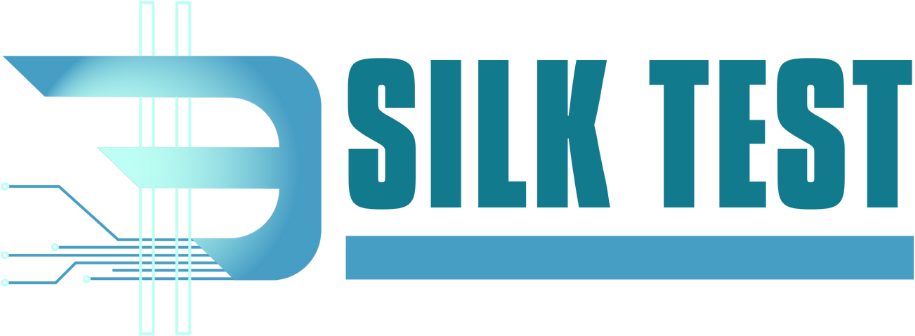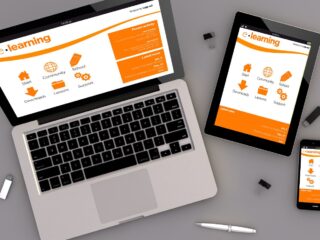Sales reps often spend less than 40% of their time actually selling. The rest? Admin tasks, chasing leads, juggling emails. These processes slow things down and cost your business real money.
Salesforce Sales Engagement helps shift the balance. It gives sales teams a single place to manage outreach, automate follow-ups, and work through prioritized leads — without jumping between tools.
Let’s look at how it works and what it actually changes.
What Salesforce Sales Engagement Actually Does
Salesforce Sales Engagement is designed for sales reps. Not just managers, not analysts — people who sell.
It brings everything into one interface: calling, emailing, tracking engagement, logging results. You don’t have to switch between your CRM, your inbox, and your calendar all day.
Salesforce Sales Engagement includes:
- A unified workspace (Lightning Console)
- Lead scoring (Einstein Lead Score)
- Automated follow-up flows (Cadences)
- Calendar + email tracking (Inbox)
- Engagement logging (Einstein Activity Capture)
Each of these parts helps reps move faster, with less guesswork and fewer manual tasks.
Why Sales Engagement Matters for Sales Teams
1. It Automates Repetitive Tasks
Sales reps spend hours a week writing follow-up emails, setting reminders, and logging calls. This tool cuts that work.
For example, if you’ve emailed a lead and they haven’t responded, the platform can schedule the next step — like a call — without the rep having to think about it.
2. Multichannel Outreach — All in One Place
Email, phone, LinkedIn, meetings — they’re all managed from one dashboard. No more juggling between apps.
When all outreach happens in one place, there’s less confusion and more consistency. Many teams also integrate sales engagement into broader digital strategies that involve cloud migration to ensure scalability and centralized data access. For organizations seeking to enhance these strategies, salesforce crm development services can play a pivotal role in streamlining customer interactions and data management. Reps don’t forget where the conversation left off.
This matters most in industries where timing and personalization are everything — like real estate, SaaS, and finance.
3. Smarter Lead Prioritization with AI
Not all leads are equal. Einstein Lead Score ranks them based on engagement — things like email opens, web visits, and past conversion patterns.

This helps reps know who to call first. They stop wasting time on cold leads and start conversations with the ones ready to move.
Routine Automation Salesforce Partner supports teams in setting up Einstein Lead Score and configuring it for industry-specific use cases. You’re not working with a generic setup, but a lead-scoring model based on your actual sales data.
4. Better Personalization Using Real-Time Data
When a rep opens a lead’s profile, they don’t just see contact info. They see what emails were opened, what links were clicked, and the last conversation.
That makes it easier to tailor the next message. Instead of sending a generic “Just checking in,” they can reference a specific interest or question.
5. Clearer Collaboration and Visibility for Teams
Everyone on the team sees what’s happening: what messages were sent, how the lead responded, what the next step is.
Managers can also track what’s working — and what’s not. They can compare outreach styles, test cadences, and coach reps based on real engagement data.
It’s not just about managing performance. It’s about improving it through clear feedback.
Real Business Outcomes — Not Just Features
Here’s what Salesforce Sales Engagement has delivered for companies across industries:
- Higher productivity — reps can handle more leads per day.
- Better conversion rates — thanks to smarter lead targeting.
- Increased customer retention — through consistent follow-up and tailored outreach.
- Revenue growth — because less time is wasted and more deals get closed.
In sectors like SaaS, healthcare, and e-commerce, the difference is measurable. For instance, retail teams use automation to handle large lead volumes. B2B firms use cadences to build long-term trust.
The point is: this isn’t just a tool. It changes how reps spend their day.
Inside The Salesforce Sales Engagement Toolkit
Let’s break down how the platform works in real terms.
1. Lightning Sales Console
Think of this as the home base. Reps see their tasks, leads, and communications in one place.
- Reps can make calls from the dashboard
- They can send emails without switching apps
- They can view prioritized lead lists based on Einstein scoring
This means less bouncing between tabs — and fewer missed follow-ups.
2. Sales Cadences
These are pre-built workflows. A cadence might look like: call → email → LinkedIn connect → wait 2 days → follow-up email.
Each step appears in the rep’s task list. They just work through it.
It helps new reps get up to speed fast. And it keeps the experienced ones from dropping leads.
3. Einstein Lead Score
It analyzes past data — what closed, what didn’t — and ranks current leads by likelihood to convert.
Each score comes with an explanation. Maybe the lead opened three emails. Maybe they visited the pricing page twice.
Reps focus on the leads with real intent.
4. Inbox Integration
Salesforce connects with Outlook and Google Workspace. Reps can:
- Schedule meetings from inside emails
- Track when an email is opened
- See engagement insights before a call
It saves time and helps reps follow up at the right moment.
5. Einstein Activity Capture
It syncs emails and calendar events into Salesforce automatically. Reps don’t have to log every conversation or meeting by hand.

The result? A clean, accurate record of every interaction.
And when someone else needs to step in — a manager or another team member — they can get up to speed fast.
Final Thought
Salesforce Sales Engagement doesn’t just promise efficiency. It creates it.
By replacing routine tasks with smart automation, giving reps real-time insights, and streamlining outreach — it changes how teams work.
The companies that adopt it aren’t chasing trends. They’re just removing friction from the sales process. And they’re closing more deals because of it.
At Routine Automation, we help businesses set up and customize Salesforce Sales Engagement so your reps spend less time on busywork — and more time closing deals.
Contact us today to streamline your sales process and see real results.






